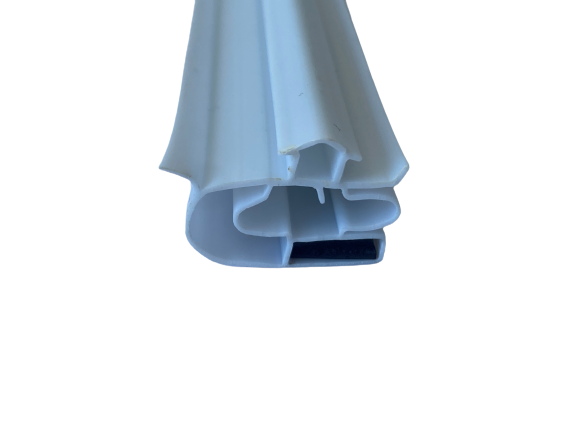Δεκ . 09, 2024 16:52 Back to list
Effective Solutions for Ship Sealing Strips to Ensure Optimal Performance
The Essential Role of Ship Sealing Strips in Maritime Operations
In the ever-evolving maritime industry, ensuring efficiency, safety, and durability of vessels is paramount. One often overlooked component that plays a crucial role in achieving these objectives is the ship sealing strip. This unassuming yet vital feature acts as a barrier against various environmental factors, helping to maintain the integrity of a ship's structure and performance.
What is a Ship Sealing Strip?
A ship sealing strip, commonly made from rubber, silicone, or other durable materials, is designed to provide a watertight and airtight seal around doors, hatches, and other openings on a vessel. These strips prevent water from entering the ship, which can lead to serious safety hazards and operational inefficiencies. Additionally, they also protect against the ingress of dust, debris, and noise, creating a more comfortable environment for crew members aboard.
Importance of Effective Sealing
The primary purpose of ship sealing strips is to ensure that vessels are watertight. Water leakage, even in small amounts, can compromise the safety and stability of a ship, leading to costly repairs and potential disaster. Effective sealing strips help in maintaining the buoyancy of the vessel, supporting its structural integrity, and enhancing overall seaworthiness.
Moreover, ship sealing strips contribute significantly to the energy efficiency of maritime operations. By preventing the entry of wind and water, they help to regulate the internal temperature and humidity of cargo areas and living spaces. This is particularly important for transporting sensitive goods that may be affected by temperature fluctuations or exposure to moisture. Thus, high-quality sealing solutions directly impact fuel efficiency and operational costs, which are critical factors in today’s competitive maritime industry.
Types of Ship Sealing Strips
There are several types of ship sealing strips available in the market, each tailored to meet specific requirements. Common materials used include
ship sealing strip

- Rubber Sealing Strips These are popular due to their resilience and flexibility. They can withstand harsh marine environments and provide excellent watertight seals.
- Silicone Sealing Strips Known for their high-temperature resistance and durability, silicone strips are ideal for more extreme conditions, such as engine rooms or near heat sources.
- Foam Sealing Strips Often used for lightweight applications, foam strips are excellent for noise reduction and provide a decent seal against water ingress.
- Metal Sealing Strips In some cases, metal strips are employed for their robustness and long-lasting performance, especially in heavy-duty applications.
Maintenance and Inspection
To ensure that ship sealing strips function effectively, regular maintenance and inspections are crucial. Over time, exposure to saltwater, ultraviolet light, and extreme temperatures can degrade these materials, leading to potential failure in sealing performance. Regular checks should include visual inspections for visible wear and tear, as well as functional tests to ensure that seals remain airtight and watertight.
Shipowners and operators should also consider the quality of the sealing materials they choose. Investing in high-quality sealing strips might incur more upfront costs but can save significant amounts down the line by reducing maintenance and operational expenses.
Conclusion
In conclusion, ship sealing strips are an integral component of maritime operations, ensuring the safety and efficiency of vessels. By preventing water ingress, enhancing energy efficiency, and improving crew comfort, these seemingly simple materials have a profound impact on a ship's overall performance and longevity. As the maritime industry continues to innovate and adapt, the importance of high-quality sealing solutions will undoubtedly remain a key focus for shipbuilders and operators alike.




